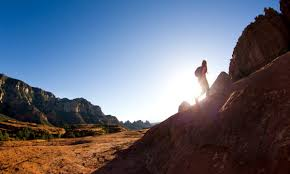
Gardening in the desert might sound like an impossible dream, but it is more than achievable with the right knowledge and a few simple strategies. In places like the UAE, Arizona, or Rajasthan, where temperatures soar and rainfall is minimal, traditional gardening methods do not work. However, by embracing climate-smart gardening techniques, residents can grow beautiful, productive, and sustainable gardens even in the harshest conditions.
Here are practical and effective desert gardening tips for anyone living in a hot and arid region.
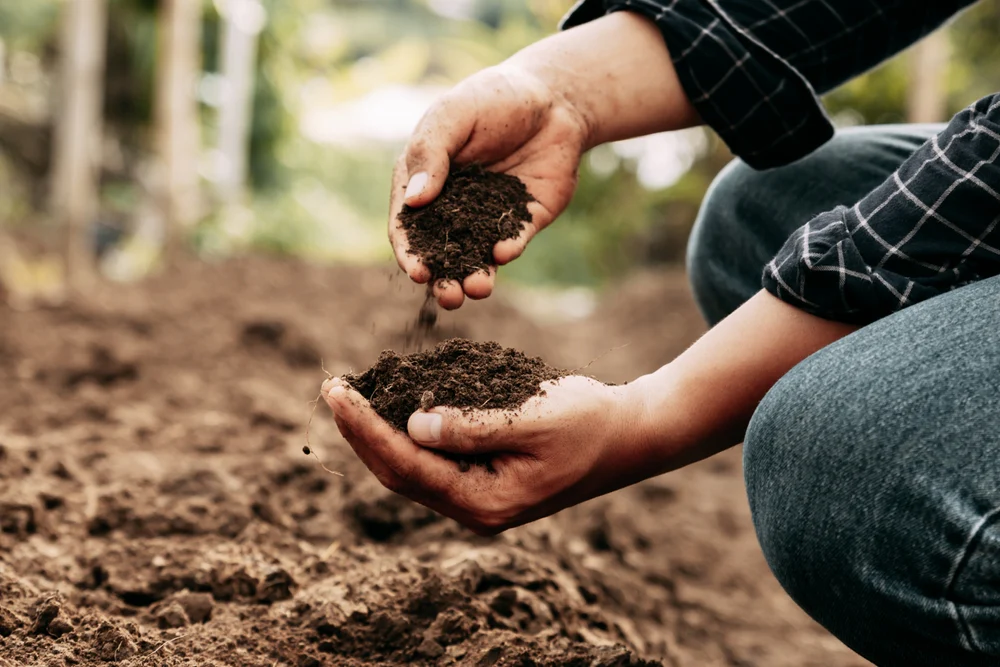
Desert soil is often sandy and lacks nutrients. Before planting anything, improving the soil is crucial. Gardeners should mix organic compost or well-rotted manure into the native soil. This helps retain moisture and adds nutrients essential for plant growth.
Adding mulch like wood chips or straw on top of the soil also reduces evaporation, keeps the roots cool, and prevents weed growth.
Tip: Test your soil’s pH and texture using a basic soil kit. It helps you understand what nutrients are missing and how to improve the soil health.
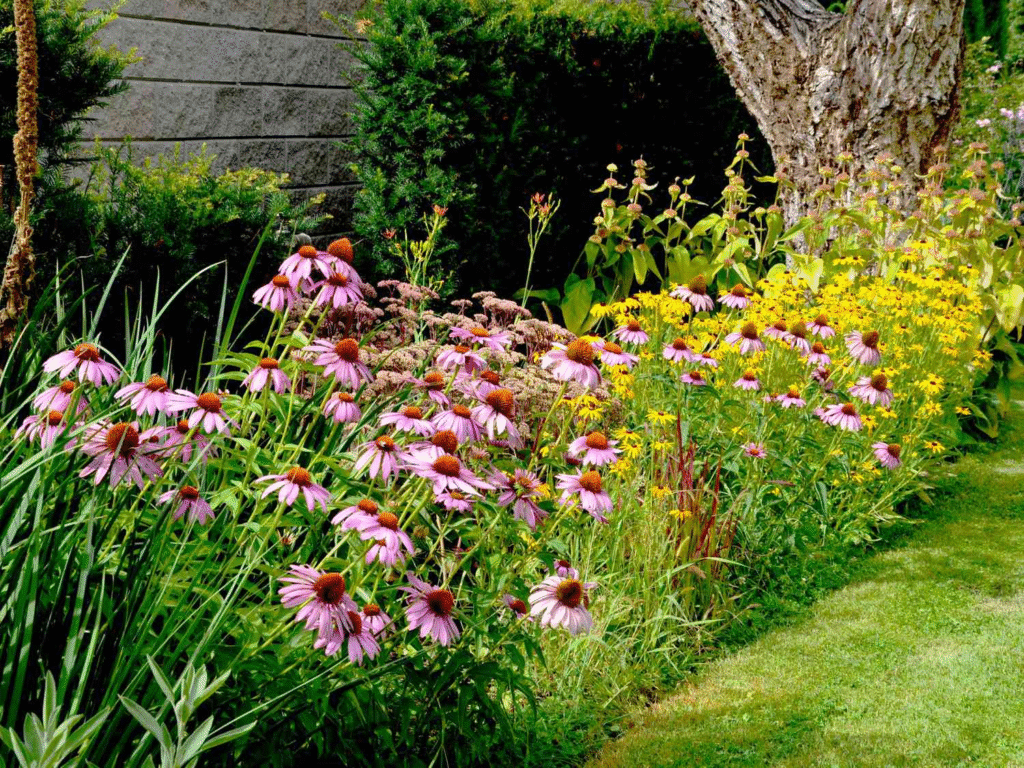
Not all plants can survive desert heat. Selecting drought-tolerant or native plants is the key to a successful desert garden. These plants are adapted to low water conditions and high temperatures.
Some excellent choices include:
You can also grow herbs like rosemary, thyme, and sage, which love dry soil and plenty of sunlight.

One of the biggest mistakes desert gardeners make is watering too often. The goal should be deep and infrequent watering. This encourages plants to grow deeper roots, making them more drought-resistant.
Drip irrigation systems are ideal for desert climates. They deliver water directly to the root zone, minimizing waste from evaporation.
Tip: Water early in the morning or late in the evening to reduce evaporation and stress on plants.
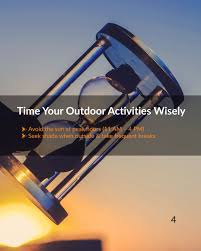
Desert sunlight can be intense, especially during the afternoon. Creating shaded areas can help protect sensitive plants from sunburn and heat damage. Use shade cloths, pergolas, or plant taller trees to provide natural shade.
Strategic shading can also help reduce the temperature in your outdoor space and protect your soil from drying out too quickly.
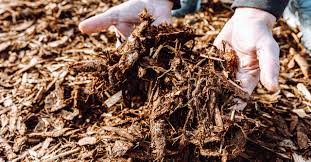
Mulching is essential in desert gardening. A 2–3 inch layer of organic mulch helps the soil retain moisture, protects it from harsh sun, and prevents erosion from sudden desert winds.
Popular mulch options include:
Inorganic mulches like gravel or pebbles are also common in desert gardens for their durability and aesthetics, but they don’t offer nutrients to the soil like organic mulch.
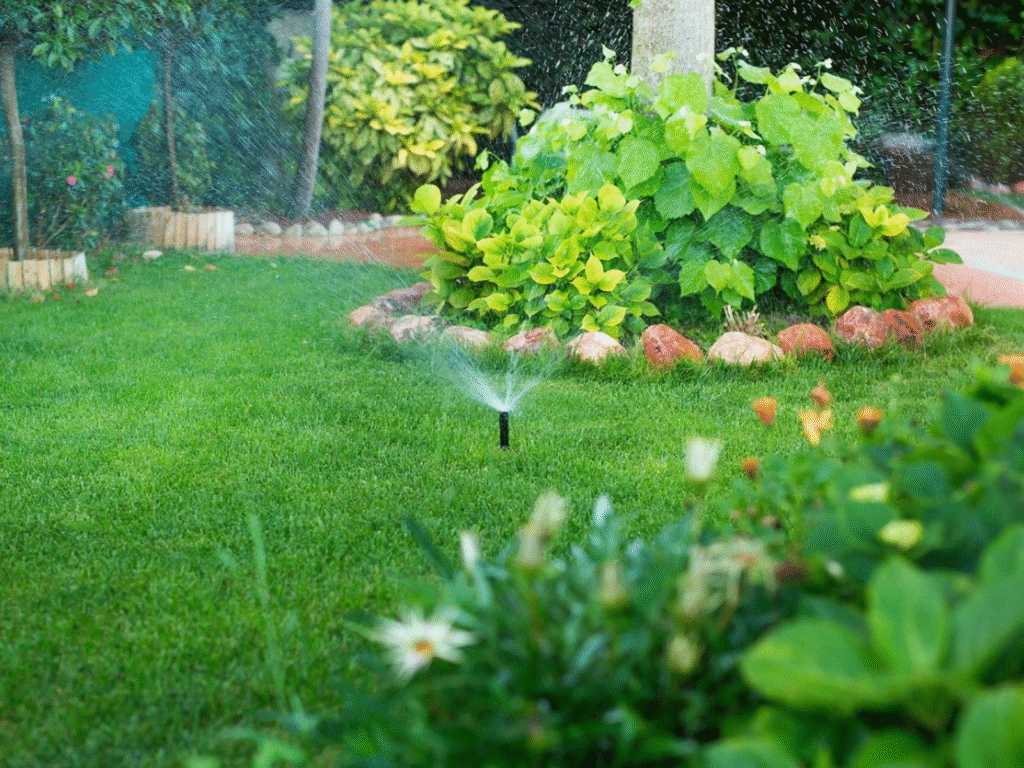
A technique called “hydrozoning” involves grouping plants with similar water needs together. This reduces water waste and makes irrigation more efficient.
For example, keep succulents and cacti in one area, and more water-thirsty plants like tomatoes or basil in another. This way, each zone can be watered precisely without over- or under-watering.
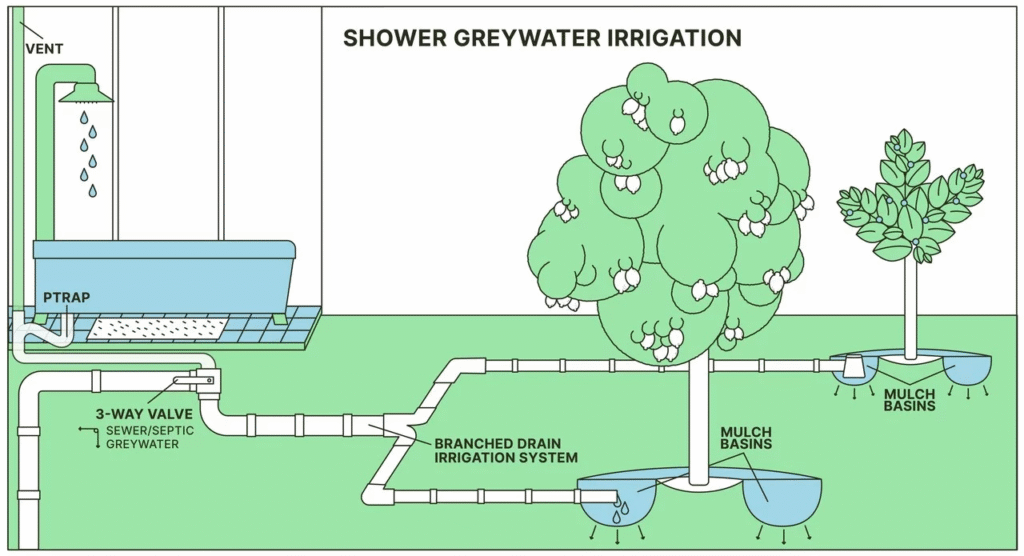
Though rain may be rare, collecting rainwater when it does fall can help support your garden. Simple rain barrels connected to gutters are effective for this purpose.
Greywater, which is water reused from sinks, showers, or washing machines (but not toilets), can also be used to irrigate non-edible plants after proper filtration.
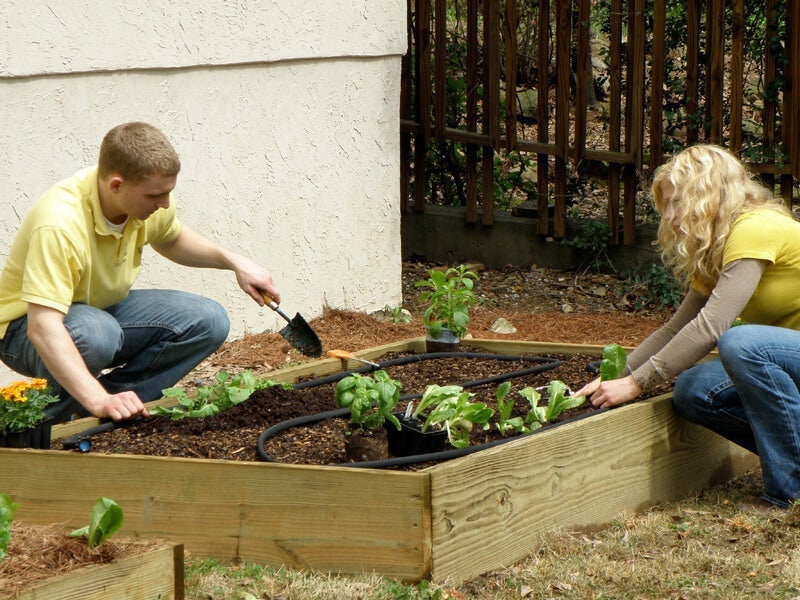
Container gardening and raised beds offer better control over soil type, water distribution, and pests. In the desert, containers made from ceramic or clay help keep plant roots cooler. Raised beds allow better drainage and less water loss compared to traditional in-ground planting.
Keep in mind, containers dry out faster, so regular monitoring is needed to avoid under-watering.
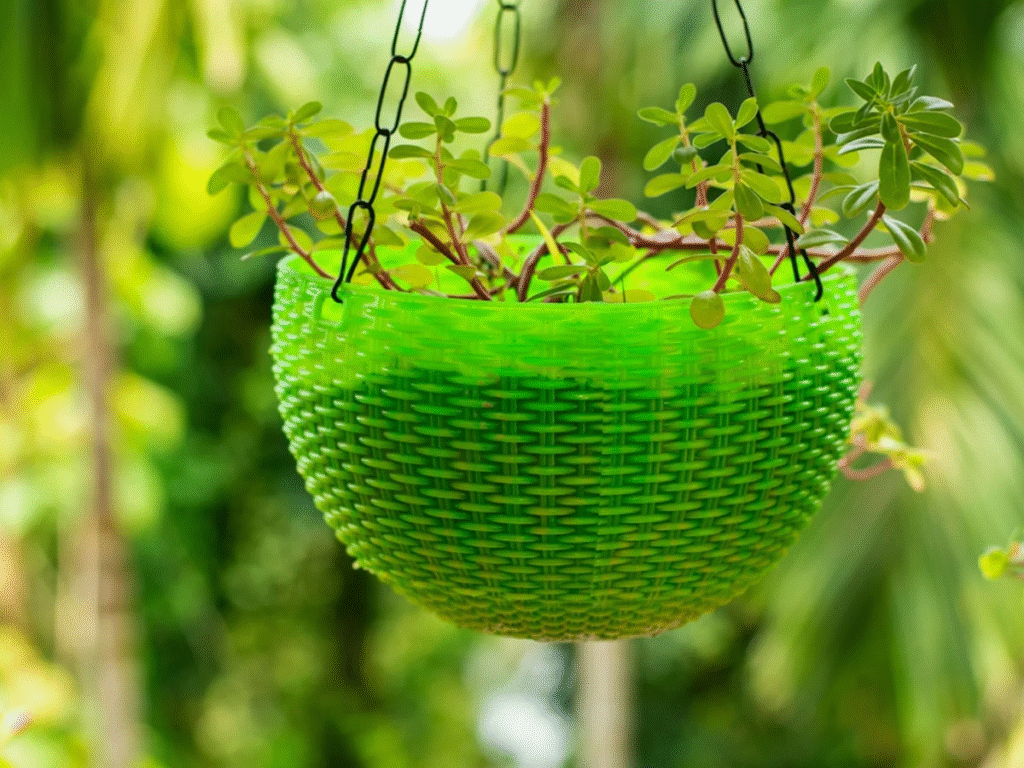
Timing matters in desert gardening. Avoid planting in the peak of summer, when temperatures are at their highest. Instead, start planting during early spring or late fall when the climate is more forgiving.
Cool-season vegetables like lettuce, spinach, and broccoli can be grown in winter, while warm-season crops like peppers, melons, and okra are best planted in spring.
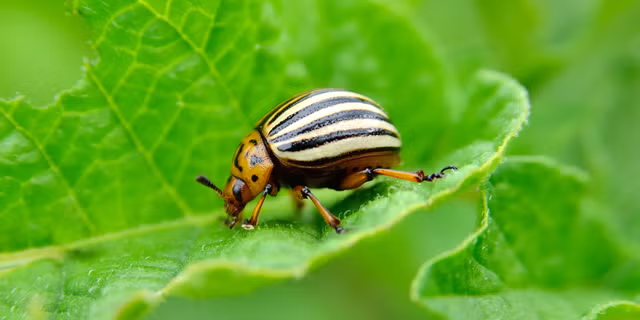
Desert gardens are not free from pests. Watch for aphids, spider mites, whiteflies, and fungal diseases that may arise due to stress or overwatering.
Use natural pest control methods like neem oil, garlic spray, or introducing beneficial insects like ladybugs and lacewings to keep pest populations in check.
Desert gardening is all about working with the environment, not against it. With a bit of patience, proper planning, and a deep understanding of your region’s climate, your garden can thrive year-round. Whether you dream of growing fresh vegetables, enjoying vibrant flowers, or creating a serene outdoor retreat, these desert gardening tips will help you turn dry land into a green paradise.
So next time you’re worried about planting in hot, dry conditions, remember: a thriving desert garden is not only possible it can be incredibly beautiful, sustainable, and rewarding.
Read More:- Deyaar’s Latest Announcement Shakes Up the UAE Property Market
